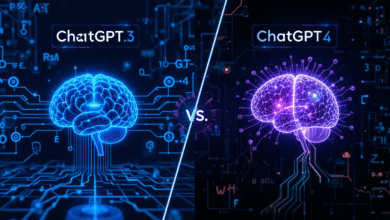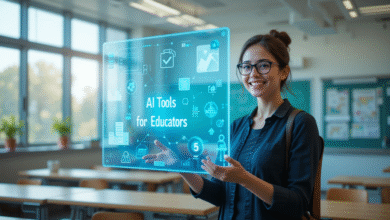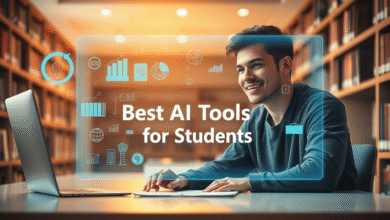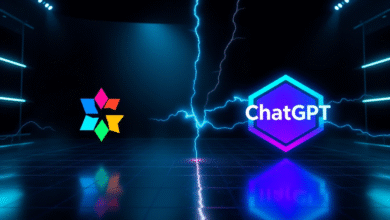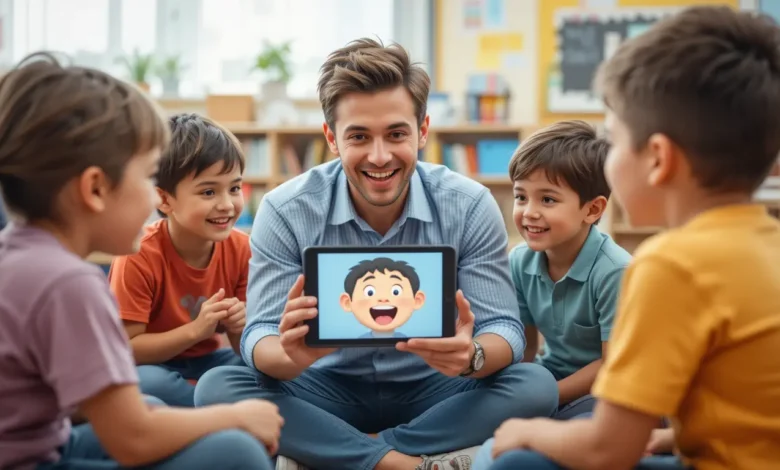
For decades, the measure of a good school was simple: test scores and academic performance. But today, a much-needed conversation is taking center stage. We’re finally recognizing that a student’s ability to understand their emotions, manage stress, and build healthy relationships known as Social Emotional Learning (SEL) is just as critical as their knowledge of math or history. The big question has always been, how do we teach these deeply human skills at scale?
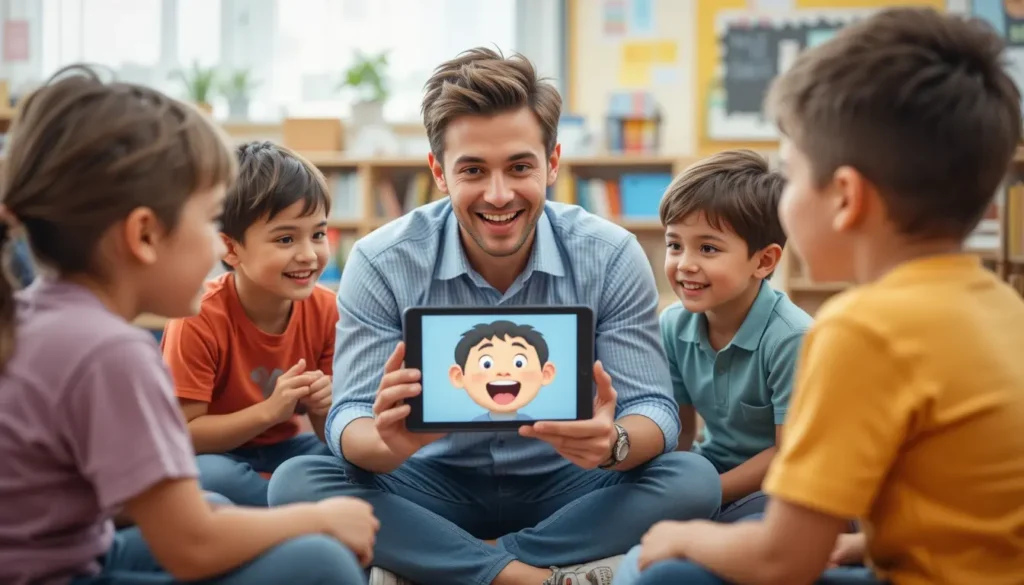
The answer, surprisingly, may lie in technology. A new generation of AI-Powered SEL Tools is emerging, designed not to replace human counselors, but to provide every student with a safe, personalized space to practice and develop their emotional intelligence.
But can an algorithm really help a child with something as personal as their feelings? This guide will break down what these tools are, explore the incredible ways they are being used, and provide an honest look at how AI-Powered SEL Tools are supporting the well-being of today’s students.
What’s the Goal Here? (It’s Not to Create Robot Counselors)
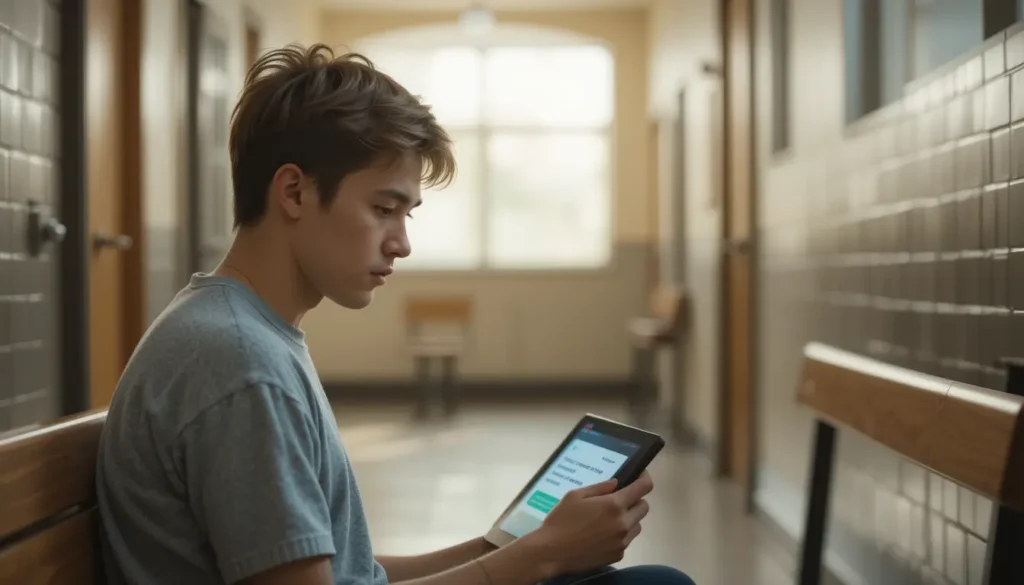
First, let’s be clear. The goal of AI-Powered SEL Tools is not to replace the essential role of human teachers and counselors. Instead, they are designed to be powerful assistants that can:
- Provide a Safe, Private Space: Offer a judgment-free zone where students can explore their feelings without fear of embarrassment.
- Teach Core Concepts: Deliver bite-sized, interactive lessons on key SEL skills like empathy, self-awareness, and responsible decision-making.
- Flag At-Risk Students: Identify students who may be struggling emotionally and discreetly alert a human counselor who can provide real support.
The 5 Pillars of Social Emotional Learning
How AI is Actually Helping: 3 Real-World Examples
This isn’t just theory. AI-Powered SEL Tools are already making a real impact in classrooms. Here’s a breakdown of how they are being used.
How AI Supports Key SEL Scenarios
Scenario: A Shy Student
The Challenge: A student is too anxious to share their feelings or ask for help in a group setting.
The AI Solution: A private chatbot offers a safe, non-judgmental space for them to practice expressing their emotions through guided journaling prompts.
Scenario: Classroom Conflict
The Challenge: Two students have a disagreement and lack the skills to resolve it constructively.
The AI Solution: An interactive role-playing simulation allows them to practice active listening and conflict resolution strategies in a controlled environment.
Scenario: Overwhelmed Student
The Challenge: A student is feeling overwhelmed by stress before a big exam.
The AI Solution: An app provides a 3-minute guided mindfulness or breathing exercise, offering immediate, on-demand emotional regulation support.
This new approach allows schools to provide a baseline of emotional support for every student. For more on how AI is creating personalized journeys, you can read our deep dive into AI-Powered Personalized Learning.
The Big Question: Is It Safe and Ethical?

Handing over something as sensitive as a child’s emotional well-being to an AI raises immediate and important questions. A key part of our Ethical AI Guidelines in Education [Link to ‘Ethical AI Guidelines’ article using this anchor text] is addressing these challenges head-on.
The most critical considerations are:
- Data Privacy: Is a student’s personal data being kept completely confidential and secure? This is the number one priority.
- Human-in-the-Loop: Is there always a qualified human counselor who reviews the AI’s insights and makes the final decision on any intervention?
- Escalation Protocols: Does the AI have a clear and immediate process for alerting a human professional if a student expresses thoughts of self-harm or severe distress?
Without these safeguards, the risks of using AI-Powered SEL Tools would far outweigh the benefits.
Conclusion
The rise of AI-Powered SEL Tools marks a profound and hopeful shift in education. It signals that we are finally embracing technology not just to make learning more efficient, but to make it more human. By providing students with safe, personalized tools to navigate their inner worlds, we are giving them a foundational skillset for a lifetime of well-being and success. While these tools will never replace the warmth of a human connection, they can be an incredibly powerful ally in our mission to educate the whole child.
Was this guide helpful?
Frequently Asked Questions
Can AI actually teach a human skill like empathy?
AI can’t “feel” empathy, but it can create simulations and role-playing scenarios that allow students to practice perspective-taking and communication skills, which are key components of empathy.
Are these AI-Powered SEL Tools meant to replace school counselors?
Absolutely not. They are designed to be a “Tier 1” support tool to help all students with basic skills and to flag those who may need the one-on-one, professional support of a human counselor.
Is it safe for students to share personal feelings with an AI?
This is a critical concern. It is only safe if the school uses a tool that has a rock-solid, transparent privacy policy that is compliant with laws like FERPA to protect student data.
What is the biggest benefit of using AI for SEL?
The biggest benefit is providing a safe, private, and non-judgmental space for students. Many children are more comfortable exploring their feelings with a chatbot than in a group setting.
Can these tools help with serious mental health issues?
No, they are not a substitute for professional mental healthcare. Ethical AI tools are programmed to recognize signs of serious distress and immediately escalate the situation to a human adult.
What age group are these SEL tools for?
AI-Powered SEL Tools are being developed for all age groups, from simple emotion-identification games for elementary students to complex ethical dilemma simulations for high schoolers.
How does AI personalize Social Emotional Learning?
By analyzing a student’s responses, an AI can identify specific areas where they need more practice (e.g., managing anxiety or communication) and offer targeted activities for that skill.

